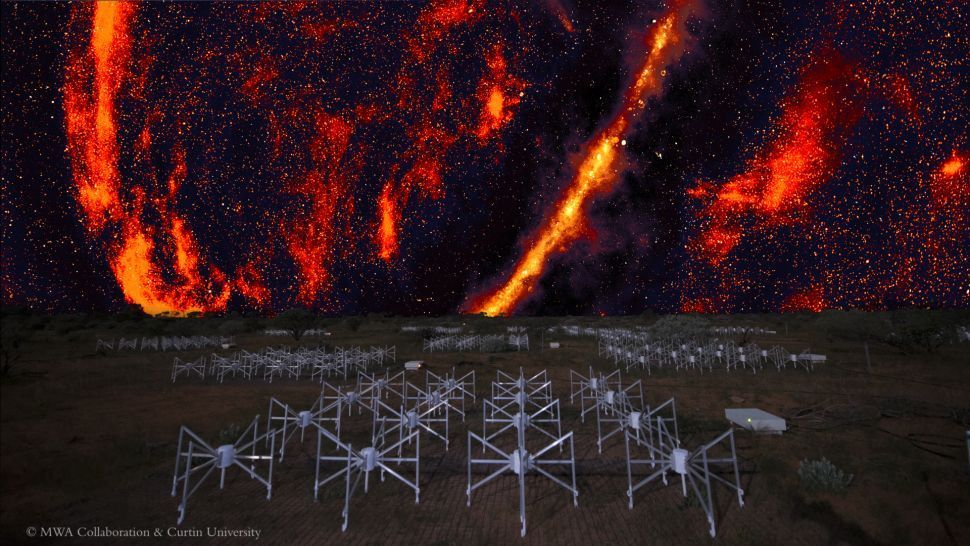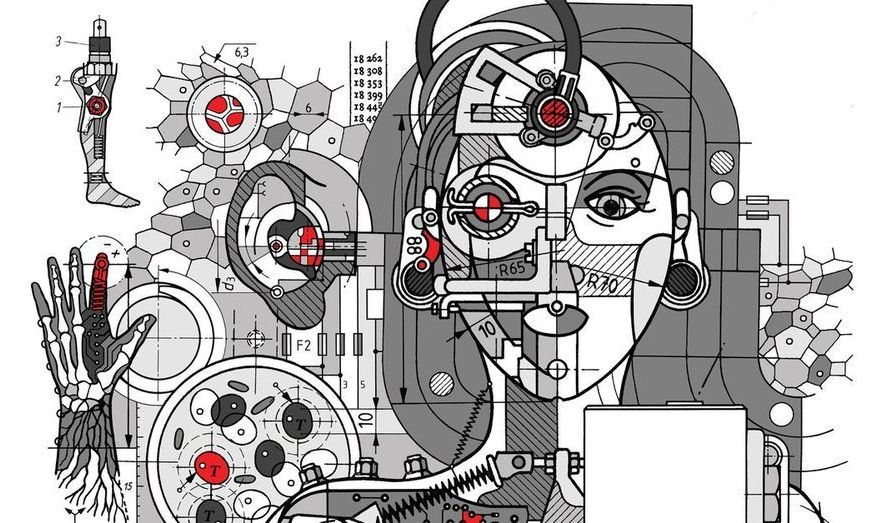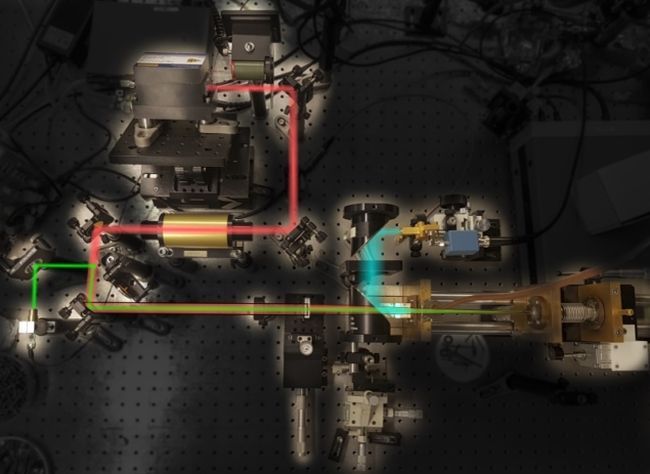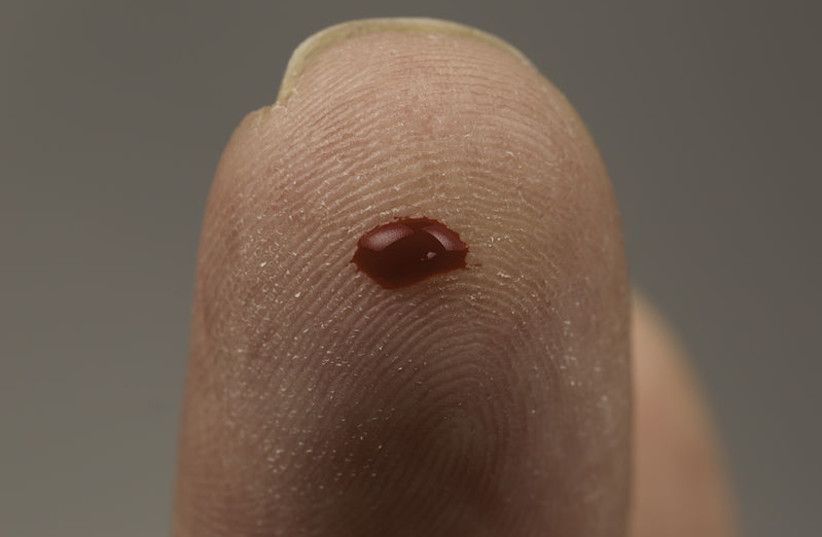For hundreds of millions of years, the universe was nothing but darkness. One molecule holds the key to this forgotten epoch.



Renault’s new luxury car is entirely self-driving.

The hemispheres in autistic people’s brains are more symmetrical than those of their typical peers, according to the largest imaging study to explore this relationship1. It is unclear what this difference means, however.
Typical people’s brains show a slight asymmetry between the left and right hemispheres, especially in regions associated with language. These differences are less pronounced in autistic people, the new study found.
The unusual symmetry seems to affect nine regions, mostly in the cerebral cortex. The results suggest that altered development of the brain’s left and right hemispheres contributes to autism.


Researchers have created a new terahertz radiation emitter with coveted frequency adjustment capability. The compact source could enable the development of futuristic communications, security, biomedical, and astronomical imaging systems.
Harvard University Massachusetts Institute of Technology (MIT) Duke University U.S. Army #lasers #photonics

The blood-borne signs of aging – and indeed, perhaps the causes of aging – make three big shifts around the ages of 34, 60 and 78, a new Stanford-led study has discovered, potentially leading to new diagnostic tests and avenues of anti-aging research.
The study measured levels of nearly 3,000 individual proteins in the plasma of small blood samples from 4,263 people aged between 18 and 95, and found that 1,379 of these proteins varied significantly with a subject’s age. Indeed, with information about levels of just 373 of these proteins, the researchers found they could predict a subject’s age “with great accuracy,” and an even smaller subset of just nine proteins could do a “passable” job.
Proteins are the body’s workhorses, carrying out instructions from all the body’s cells. Changes in their levels in our blood reflect the starting, stopping and changing of different biological processes. The researchers found that these changes were often quite sudden – levels of a protein would remain stable in the blood for years, and then rapidly plunge or leap, rather than showing a steady increase or decline.

The ONE Mini is a Swiss Army knife of translation tech, interpreting 12 different foreign languages with a host of features. The audio recorder captures speech, then uses cutting-edge neural machine AI to produce highly accurate text or verbal translations. If you’re in a foreign country, ONE Mini can literally be your voice as you navigate the culture.
ONE Mini also provides premium live interpreter service 24 hours a day, 7 days a week for conversations that require more complex interaction. With a single button push, ONE Mini connects via Bluetooth with a qualified interpreter able to offer full nuanced communication so important details don’t get lost in translation.
ONE Mini even works great as a wireless music player, clipping neatly to your clothes for hands-free use anywhere.

Israeli startup Sight Diagnostics said on Wednesday the US Food and Drug Administration had cleared its device that can process results for the most commonly needed blood test in about ten minutes. The regulator’s nod means that laboratories that run relatively lesser tests on a day to day basis may also be able to conduct the complete blood count (CBC) test with just two drops of blood.